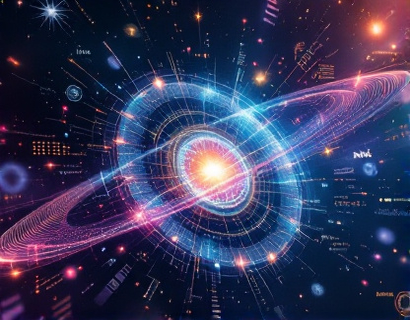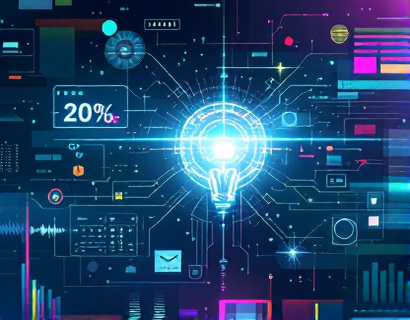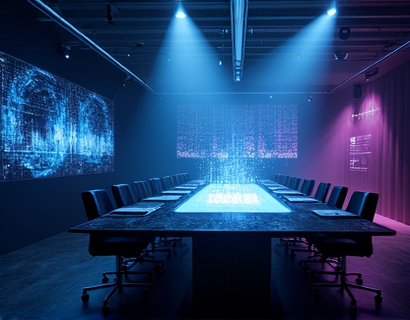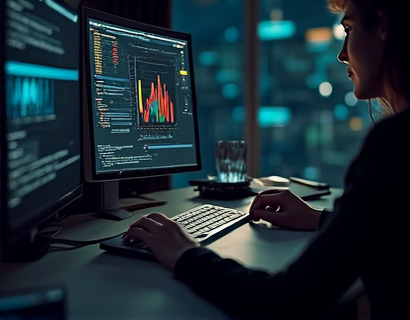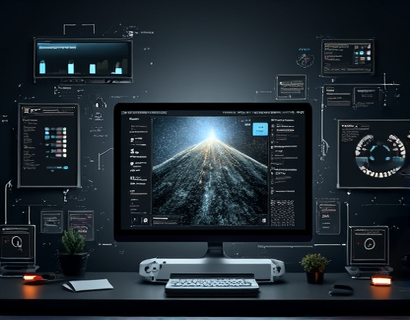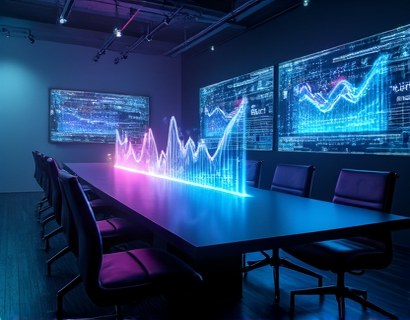Unlocking the World of Unique Digital Assets: A Premier Guide for Enthusiasts and Collectors
The digital age has ushered in a new era of collectibles and assets, transcending the physical boundaries that once defined value and rarity. In this comprehensive guide, we delve into the fascinating realm of unique digital assets, offering a thorough exploration for collectors and enthusiasts. This premier platform serves as an extensive digital asset showcase, where a vast array of unique and valuable resources converge, providing an unparalleled environment for discovery, connection, and engagement with exclusive digital treasures tailored to every interest.
Digital assets, often referred to as digital art or NFTs (Non-Fungible Tokens), have gained significant traction in recent years. These assets are unique digital files that represent ownership of a specific item, such as artwork, music, videos, or even in-game items. Unlike traditional collectibles, digital assets exist solely in the digital realm, yet they can hold substantial value and cultural significance. This guide aims to navigate through the complexities of this emerging market, providing insights into the types of digital assets available, how to evaluate their value, and how to engage with the community.
Types of Digital Assets
The world of digital assets is diverse and continually evolving. Here are some of the primary categories of digital assets that collectors and enthusiasts should be aware of:
- Digital Art: Unique pieces of digital artwork, often created using advanced software and techniques. These can range from abstract designs to hyper-realistic images and are highly sought after by art collectors.
- Virtual Real Estate: Digital representations of land or properties within virtual worlds or blockchain-based platforms. These assets can be used to build and own virtual real estate, which can appreciate in value over time.
- In-Game Items: Rare or exclusive items within video games, such as unique character skins, weapons, or in-game currency. These items often hold significant value within gaming communities.
- Music and Audio: Digital music tracks, sound effects, and audio files that are unique and verified through blockchain technology. Artists can mint their tracks as NFTs, offering fans a new way to own and collect music.
- Collectible Tokens: Unique digital tokens that represent ownership of a specific asset, such as limited edition digital collectibles. These tokens are often used in decentralized applications and gaming platforms.
Each category offers a unique set of opportunities for collectors and enthusiasts. Digital art, for instance, allows artists to reach a global audience and sell their work directly to buyers, bypassing traditional gallery systems. Virtual real estate provides a new frontier for property ownership and investment in virtual environments. In-game items create a new economy within gaming, while music and audio assets offer a novel way for artists to monetize their work.
Evaluating the Value of Digital Assets
Assessing the value of digital assets can be challenging due to the nascent nature of the market. However, several factors can help collectors and enthusiasts make informed decisions:
First, scarcity plays a crucial role. Digital assets that are limited in supply, such as those minted as NFTs with a specific number of copies, tend to be more valuable. The principle of supply and demand directly applies, with rarer assets commanding higher prices.
Second, artist reputation and community demand significantly influence value. Established artists with a strong following or those who have sold high-value assets in the past can command higher prices for their new releases. Similarly, assets that gain popularity within a community can see their value increase over time.
Third, provenance and history of the asset are important. The ownership history and any notable transactions or exhibitions can add to an asset's value. For example, a digital art piece that has been featured in major virtual galleries or owned by prominent collectors will likely be more valuable.
Fourth, technology and platform also matter. Assets built on well-established blockchain platforms like Ethereum, which has a robust ecosystem and tools for creating and managing NFTs, tend to be more reliable and valuable. The underlying technology ensures transparency, security, and interoperability, which are crucial for collectors.
Lastly, trends and market sentiment should not be ignored. The digital asset market is highly speculative, and certain trends can drive prices up or down rapidly. Staying informed about market trends and participating in active communities can provide valuable insights.
Engaging with the Digital Asset Community
Engaging with the digital asset community is essential for collectors and enthusiasts looking to deepen their involvement and knowledge. Here are some ways to connect and participate:
First, join online forums and social media groups dedicated to digital assets. Platforms like Reddit, Discord, and Telegram host active communities where collectors share insights, discuss market trends, and showcase their collections. These communities are invaluable for learning and networking.
Second, attend virtual events and exhibitions. Many galleries and platforms host virtual shows and auctions, providing opportunities to view and purchase digital assets. These events often feature renowned artists and offer a glimpse into the latest trends and innovations.
Third, participate in decentralized applications (dApps) that focus on digital assets. These platforms allow users to buy, sell, and trade digital assets, as well as engage in gaming and other interactive experiences. Participating in dApps can provide hands-on experience with digital assets and help build a portfolio.
Fourth, consider investing in education. There are numerous online courses, webinars, and books dedicated to understanding digital assets, blockchain technology, and the art market. Educating oneself can lead to more informed decisions and a deeper appreciation of the assets.
Lastly, build your own portfolio by acquiring and showcasing digital assets that resonate with your interests. Whether through direct purchases or participating in initial coin offerings (ICOs) and minting new assets, building a portfolio is a practical way to engage with the market.
Best Practices for Collectors
For those new to the world of digital assets, here are some best practices to consider:
First, do thorough research before purchasing. Understand the asset's unique features, the artist's background, and the market demand. Reliable sources such as reputable art platforms, blockchain explorers, and community reviews can provide valuable information.
Second, secure your assets properly. Use hardware wallets to store your NFTs and other digital assets, as they offer better security compared to software wallets. Always keep your private keys safe and avoid sharing them publicly.
Third, diversify your portfolio to mitigate risks. While it's tempting to invest heavily in a single asset, spreading your investments across different types and artists can help protect against market volatility.
Fourth, stay updated on market developments and regulations. The digital asset market is rapidly evolving, with new platforms, technologies, and regulations emerging regularly. Staying informed helps in making timely and informed decisions.
Fifth, consider the environmental impact of blockchain transactions. Many blockchain networks, especially Ethereum, have high energy consumption due to proof-of-work mechanisms. Exploring platforms that use more sustainable consensus algorithms can align your investments with environmental concerns.
Conclusion
The world of unique digital assets offers a rich and dynamic landscape for collectors and enthusiasts. From digital art to virtual real estate, the possibilities are vast and continually expanding. By understanding the different types of assets, evaluating their value, and engaging with the community, collectors can navigate this exciting market with confidence. As the digital asset ecosystem grows, it promises to redefine the way we think about ownership, value, and creativity in the digital age.






